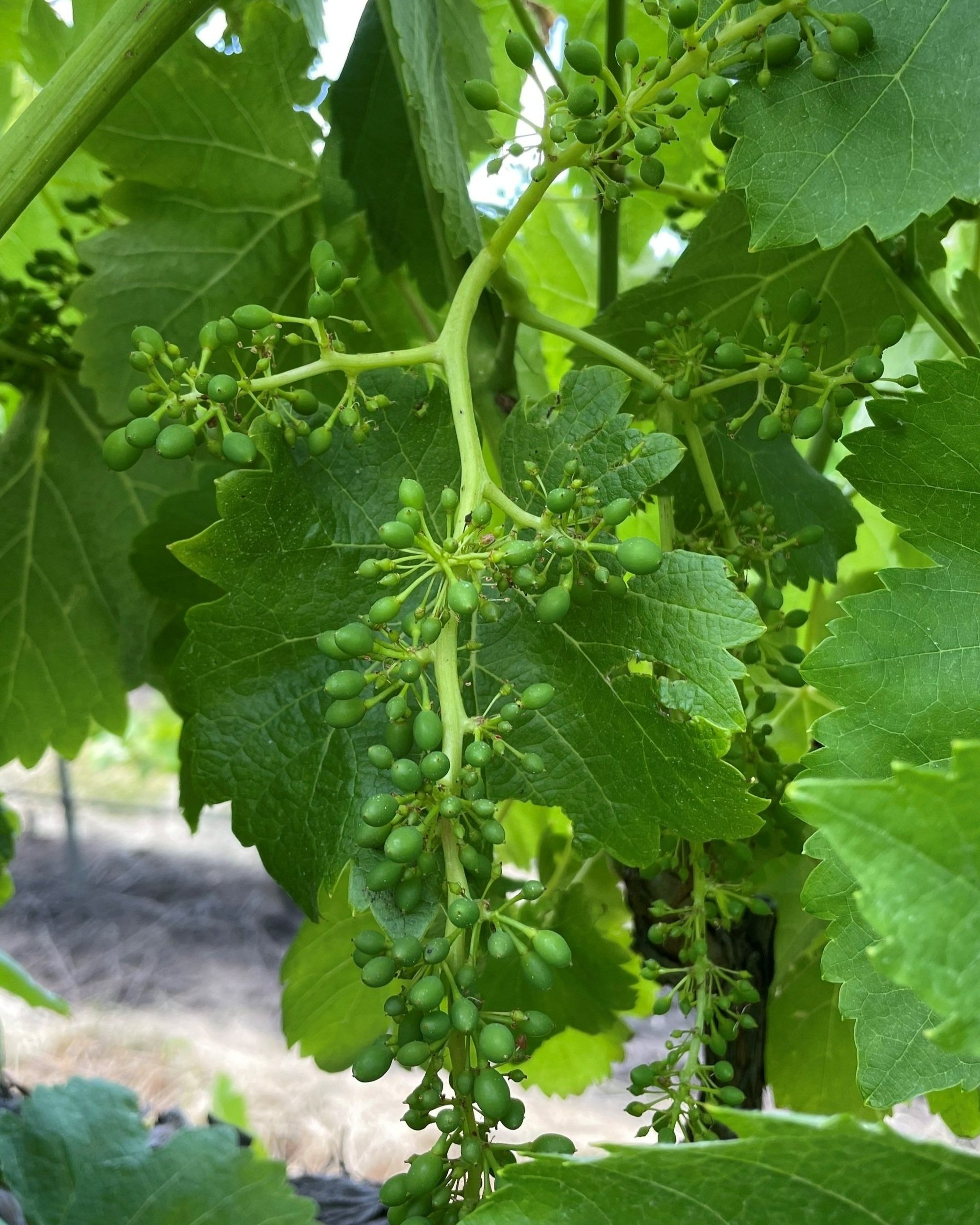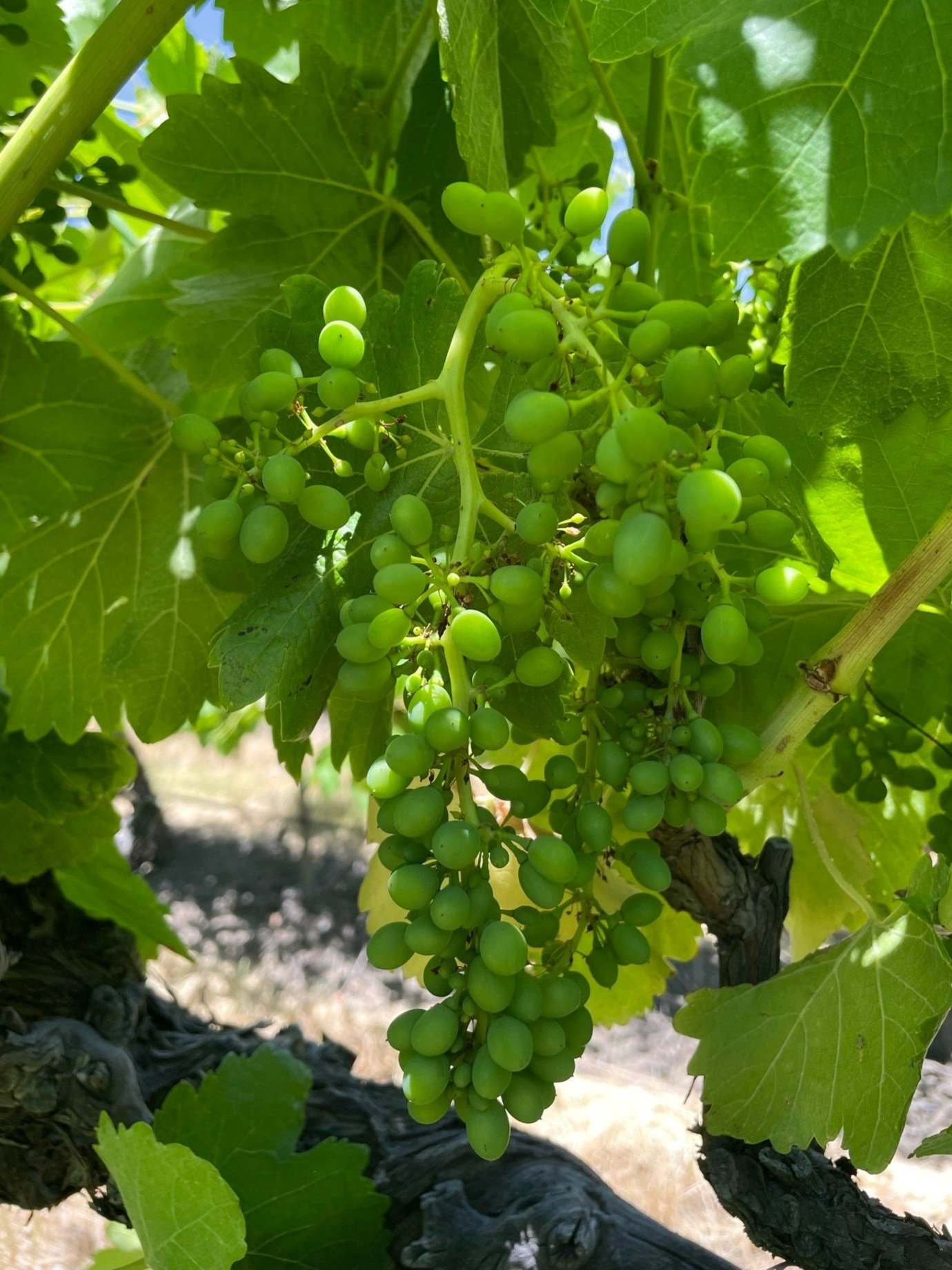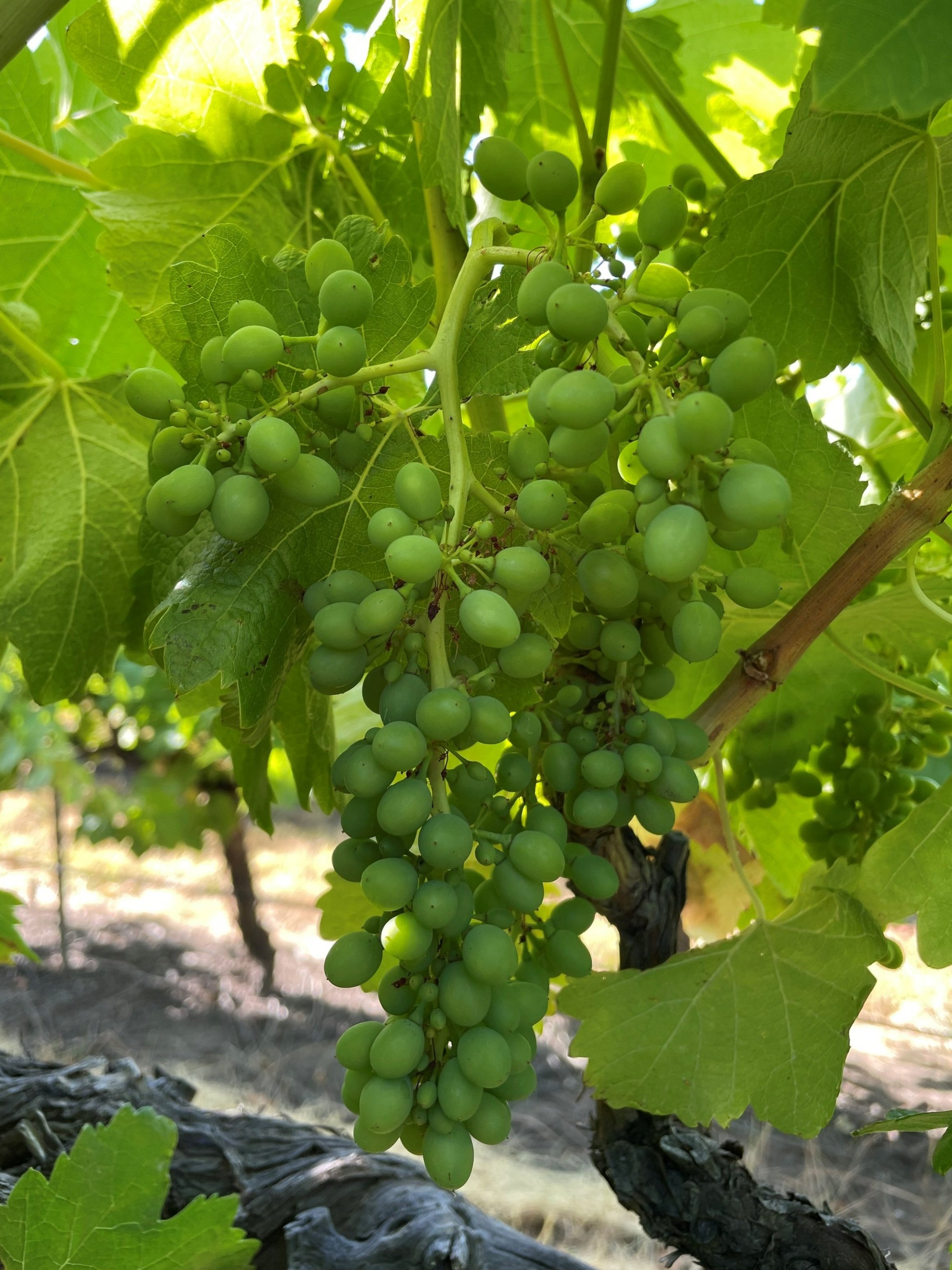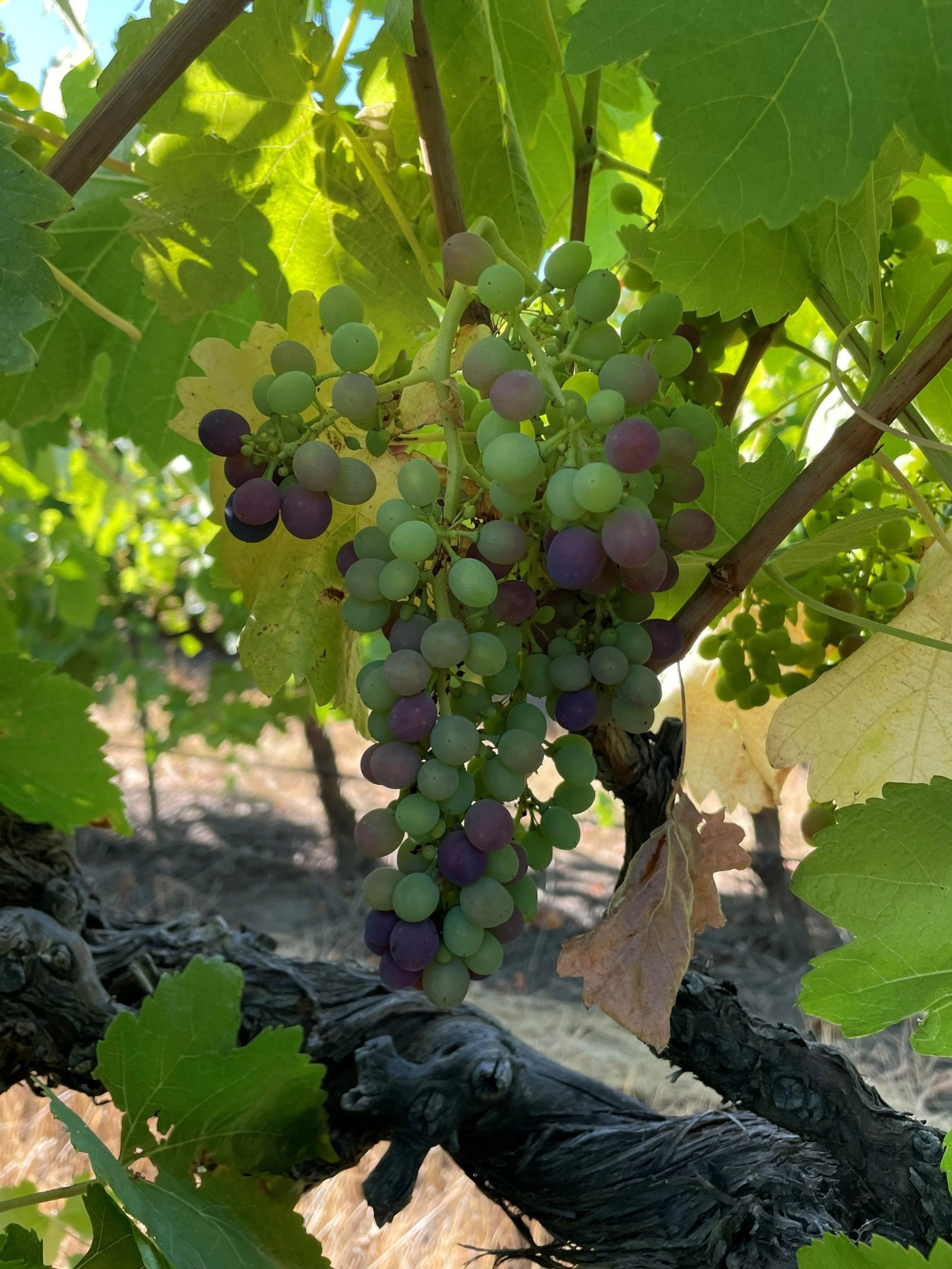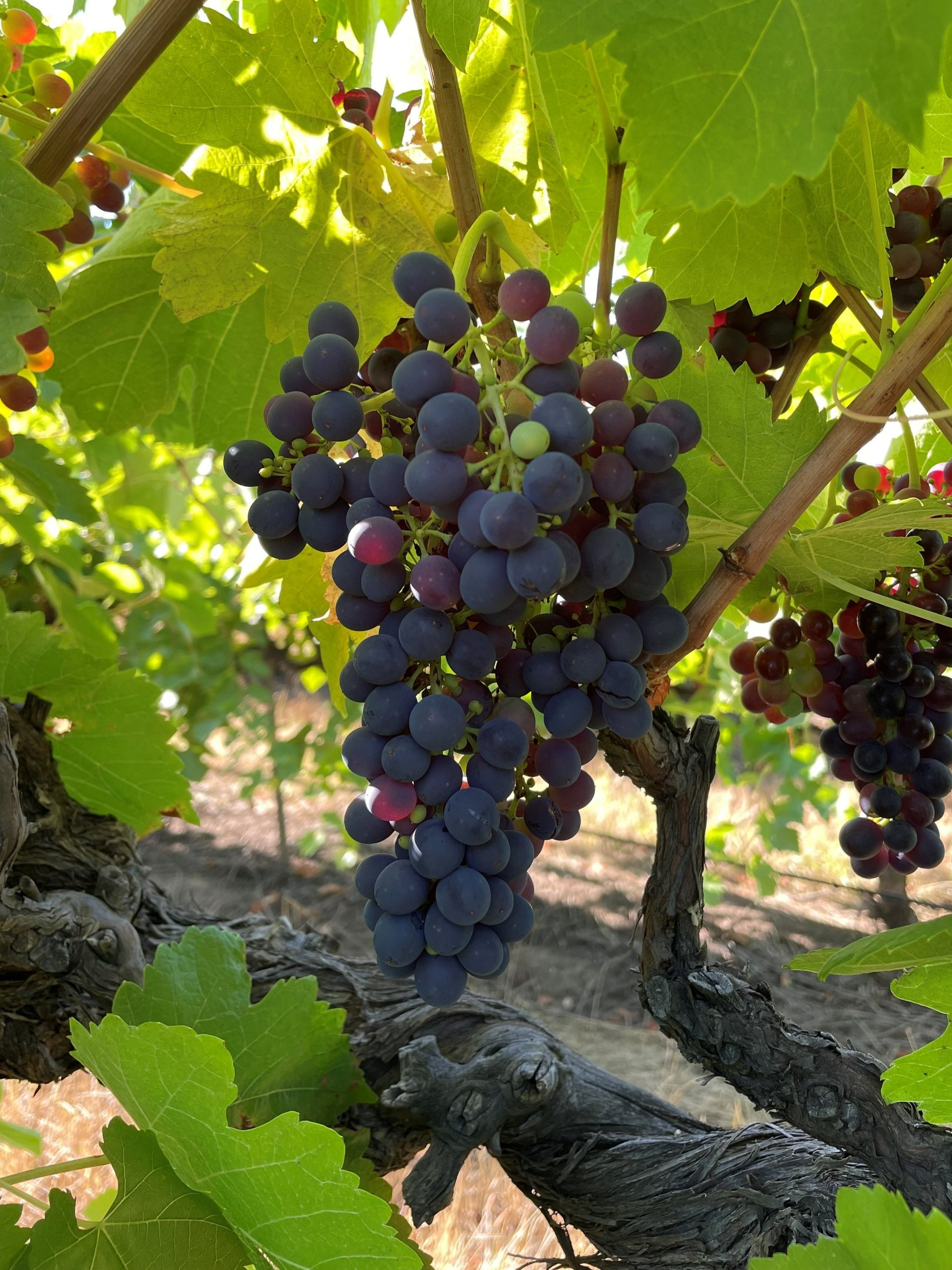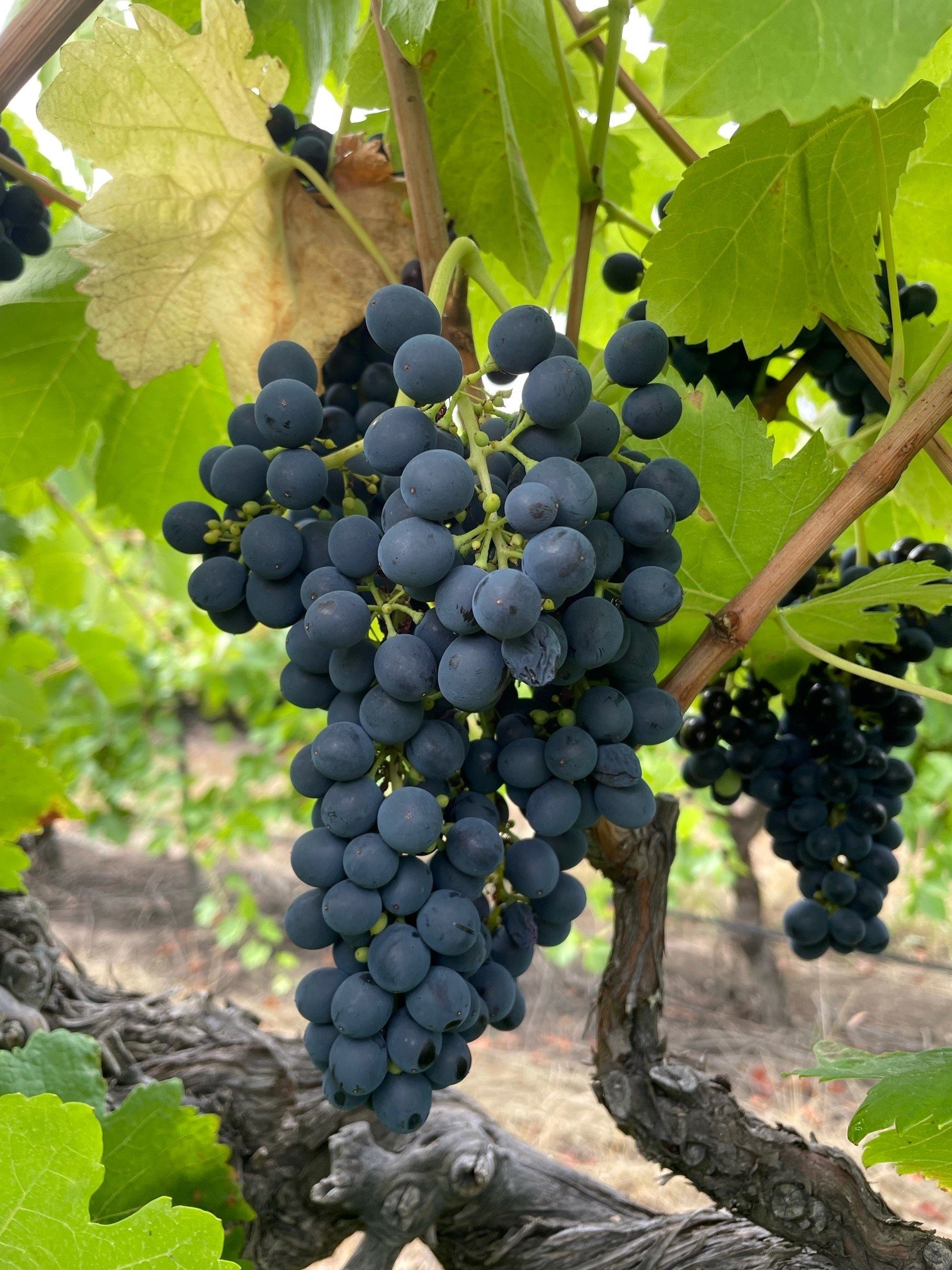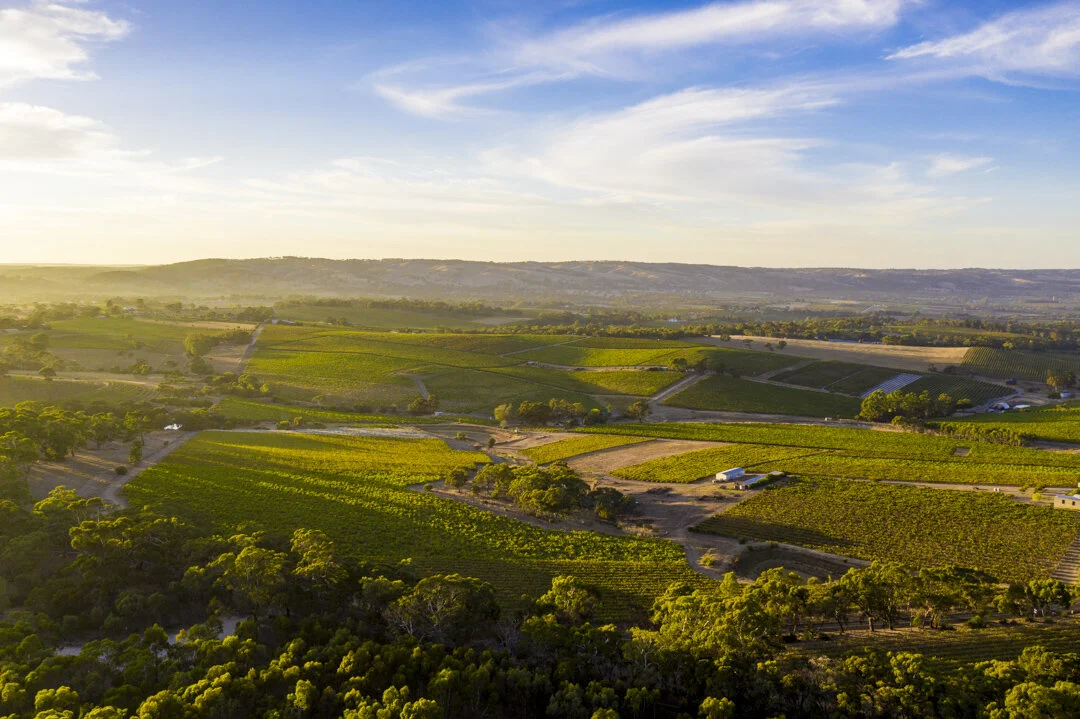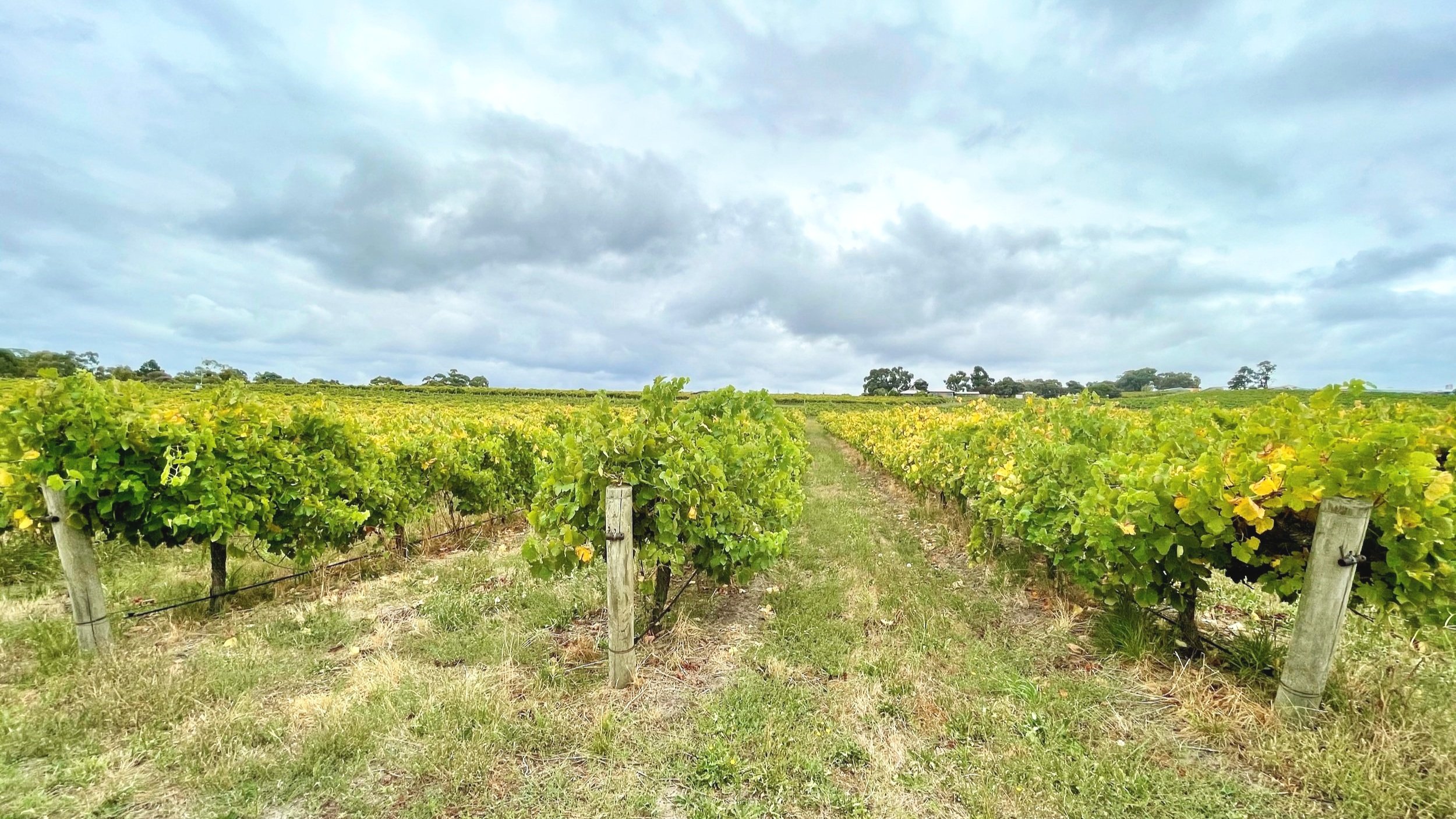Vintage Report by James Hook
For the McLaren Vale Wine Region reports from the wine community have been positive, vines held condition well due to a cool summer, and winemaking was made easier by gentle ripening conditions. There were key climatic similarities between Vintage 2022 and the preceding Vintage 2021. This bodes well for wine quality as Vintage 2021 is already highly regarded.
In comparison for both Vintages, while it was a wet La Niña influenced year for other parts of Australia, McLaren Vale vineyards received less than their average rainfall. Both vintages started with above average winter and early spring rains, before having dry conditions through summer and autumn, leading to lower overall rainfall totals.
There is a notable difference between 2021 and 2022. Unfortunately, tonnages were lower than those of 2021 overall as a whole. The lower yields were generally due to unfavourable weather during flowering. It was cold and windy in mid-spring which corresponded with flowering. November was about 1.5 degrees Celsius cooler than average. This contributed to a lower percentage of berry set, with less berries per bunch, and explains why we didn’t pick as many grapes as in 2021. Berry set was lowest for vineyards that are close to the Gulf St Vincent and therefore are most exposed to cold south-westerly winds.
Above: McLaren Vale Shiraz progressing from berry set to harvest, November to March - Vintage 2022.
Continuing the parallels between Vintages both had mild summers, without heatwave conditions. January and February 2022 recorded no days above 40 degrees Celsius.
The mild summer was followed by warm autumn season, as with Vintage 2021, this produced a gentle and slow ripening period and delayed harvest. Both seasons had late Veraison colour change dates, and corresponding later harvest dates. Both Vintages generally harvested grapes free of botrytis bunch rot which improves the ability of the resultant wine to age in bottle.
For 2022 grape picking took eight weeks to complete starting at full pace in the first week of March and ending in the second week of April. Harvest dates were like those of 2021. Both were drawn out compared to what has been the recent experience.
So overall we would class Vintage 2022 right up there for quality. Reds have intense, rich and balanced flavours and colours. Whites have pretty aromatics and natural acidity. It may be as well regarded as 2021.
James’ video report prepared for McLaren Vale Grape, Wine & Tourism / DJ’s Growers.
This looks at the key weather events that have influenced the wines for Vintage 2022.

